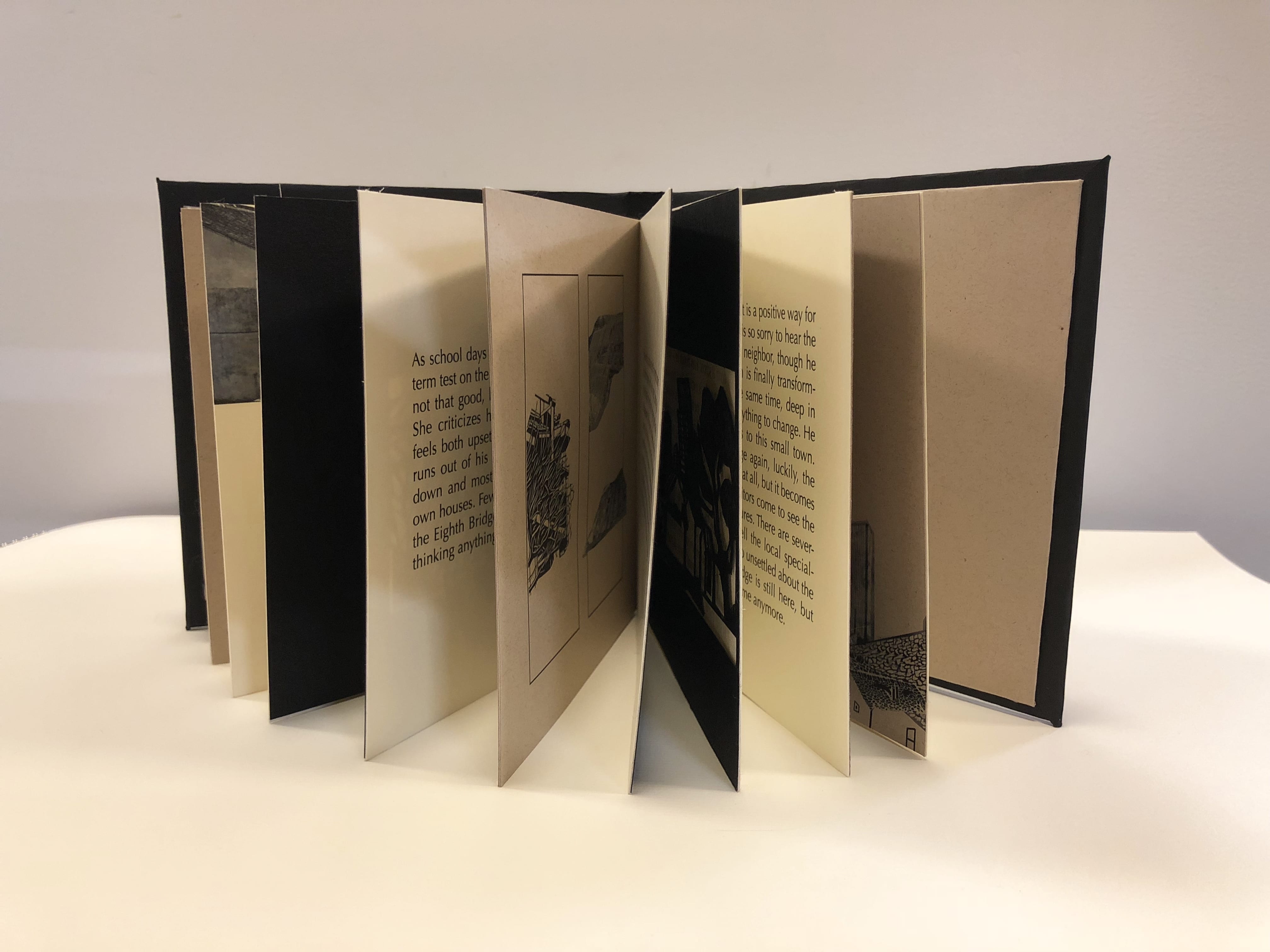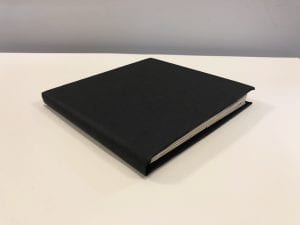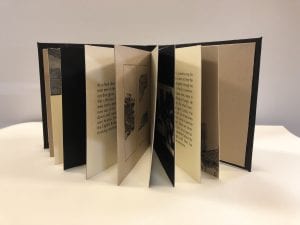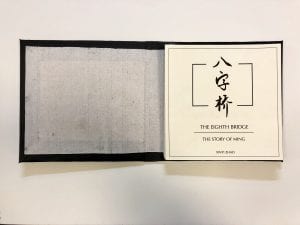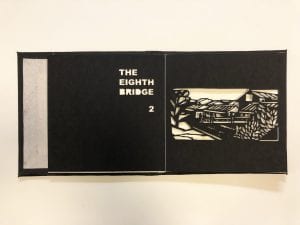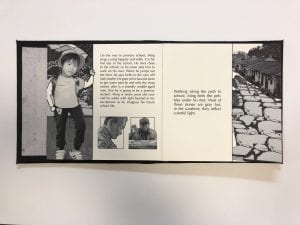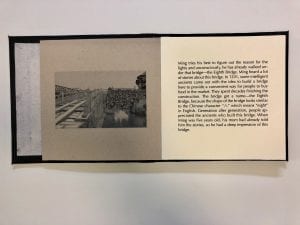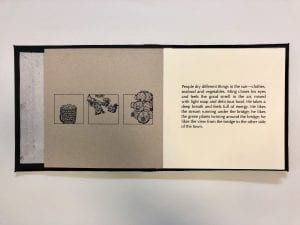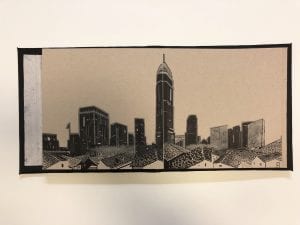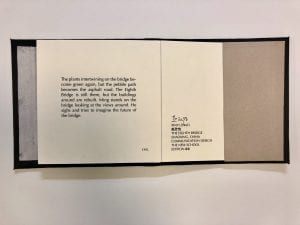The Story: The Eighth Bridge
On the way to primary school, Ming sings a song happily and softly. It is his first day to the school. He lives close to the school, so his mom asks him to walk on his own. When he jumps out the door, he says hello to the nice old lady nearby. He goes to his favorite store to get some pencils and tells the shop owner, who is a friendly middle-aged man, that he is going to be a primary student. Ming is seven years old now and he walks with light hearted in his excitement as he imagines his future school life.
Walking along the path to school, Ming feels the pebbles under his feet. Most of those stones are gray but, in the sunshine, they reflect colorful light.
Ming tries his best to figure out the reason for the lights and unconsciously, he has already walked under that bridge—the Eighth Bridge. Ming heard a lot of stories about this bridge. In 1201, some intelligent ancients came out with the idea to build a bridge here to provide a convenient way for people to buy food in the market. They spent decades finishing the construction. The bridge got a name—the Eighth Bridge, because the shape of the bridge looks similar to the Chinese character “八”,which means “eight” in English. Generation after generation, people appreciated the ancients who built this bridge. When Ming was five years old, his mom had already told him the stories, so he had a deep impression of this bridge.
Even though Ming has already walked over the bridge many times, it is the first time for him to walk over it alone.
He runs to the top of bridge and observe all the surrounding houses around. Black roofs and white walls represent the traditional Chinese building.
People dry different things in the sun—clothes, seafood and vegetables. Ming closes his eyes and feels the good smell in the air, mixed with light soap and delicious food. He takes a deep breath and feels full of energy. He likes the stream running under the bridge; he likes the green plants twining around the bridge; he likes the view from the bridge to the other side of the town.
He tried to find his own home through the clusters of houses. Where is it? Yeah, it’s there. He shouts loudly, trying to wave to his mom who is washing clothes outside the house, but mom does not see him. He does not care.
After enjoying the moment, he notices it is close to the time of school morning class. He rushes to the school gate, because the school is located at the turning point when going down from the bridge.
As school days going by, Ming has taken the midterm test on the third grade. Because his grades are not that good, his mom is not satisfied with him. She criticizes him for several minutes and Ming feels both upset and angry. “I need some air.” He runs out of his home. The sun has already fallen down and most of neighbors are staying at their own houses. Few people sit outside. Ming walks to the Eighth Bridge, starring at the dim sky, without thinking anything.
The wind is cool and soft. He regrets running out the house with such anger. Leaning on the bridge, he finds that the green plants have disappeared. Only several dry stems are left. Some of the tiles have fallen off. The town is not the one in his memory. He feels more upset than before and starts to sob. The town is so quiet. No one notices that there is a boy crying. The Eighth Bridge is quietly there.
Three years later, Ming goes to a Middle school that is far from his home, so he decides to live in the dorm at school. Even though he is unhappy to leave his house he is excited about the new beginning. After he leaves, the town starts to change and develop. After Ming graduates from the middle school the view in the town seems different. The primary school changed the name and improved the conditions at school. He cannot find the store he used to get pencils from. The old lady living nearby passed away several months ago. Some old houses are falling down, the government decides to build new modern buildings. Only a small circle of traditional houses is still there.
Ming does not know whether it is a positive way for the small town to change. He is so sorry to hear the news of the death of the nice neighbor, though he also feels happy that his town is finally transforming into a modern city. At the same time, deep in his heart, he does not want anything to change. He wants to match his memories to this small town. Ming walks towards the bridge again, luckily, the Eighth Bridge does not change at all, but it becomes a tourist destination. Many visitors come to see the ancient bridge. They take pictures. There are several stores opening nearby to sell the local specialties. Ming feels familiar but also unsettled about the bridge. He knows that the bridge is still here, but the surroundings are not the same anymore.
The plants intertwining on the bridge become green again, but the pebble path becomes the asphalt road. The Eighth Bridge is still there, but the buildings around are rebuilt. Ming stands on the bridge looking at the views around. He sighs and tries to imagine the future of the bridge.



